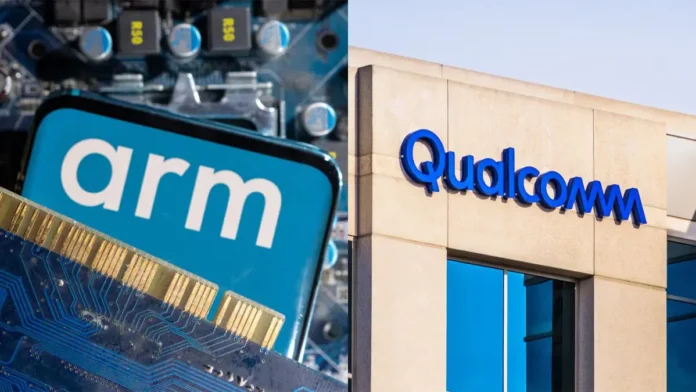Qualcomm, a leading player in the global semiconductor industry, is facing a significant disruption as ARM threatens to revoke its design license. This move could impact Qualcomm’s ability to produce Snapdragon System on Chips (SoCs), which power a vast majority of Android smartphones. The conflict has escalated in recent months, leading to a potentially dramatic shift in the industry.
The Nature of the Dispute
ARM, which is a SoftBank-owned company, recently informed Qualcomm that it plans to cancel the license that allows Qualcomm to use ARM’s intellectual property (IP) to design its chips. Qualcomm was given a 60-day notice for the termination of the agreement, which is a standard contractual procedure. This legal battle stems from Qualcomm’s acquisition of Nuvia, a startup that designs processors. Qualcomm had intended to use Nuvia’s Oryon core to replace ARM’s designs in future Snapdragon chips, a move ARM disputes as a breach of contract.
Potential Industry Impacts
Losing ARM’s design license would be a blow to Qualcomm’s dominance in the mobile processor market, as Snapdragon chips are widely used in Android devices. This could slow down Qualcomm’s ability to innovate in the highly competitive chip market. ARM argues that Qualcomm cannot simply transition to the Nuvia design without violating their licensing agreements, putting Qualcomm in a difficult legal position. The timing is crucial, with ARM aiming to ensure Qualcomm continues using its designs in future products.
Qualcomm’s Response
Qualcomm, however, remains firm in its stance, asserting that ARM has no right to intervene in its plans to use the Nuvia core. The company believes that by incorporating Nuvia’s designs into its processors, it will be able to reduce its dependency on ARM, thus advancing its proprietary technologies. Qualcomm is expected to challenge ARM’s license cancellation in court as this high-stakes battle unfolds.
Broader Consequences
This dispute could have far-reaching implications not only for Qualcomm and ARM but also for the wider tech industry. The outcome of this legal battle may set a precedent for other chipmakers exploring alternatives to ARM’s architecture. The tech community is watching closely as this case could influence future partnerships and license agreements in the semiconductor sector.
Conclusion
As the semiconductor industry faces constant evolution, Qualcomm’s dispute with ARM signals the growing complexities surrounding intellectual property, licensing, and competition. The legal outcome could reshape Qualcomm’s future and alter the dynamics of chip design and development across the technology ecosystem.



